Should NC recreational boats have to slow down for endangered whales? Feds think so
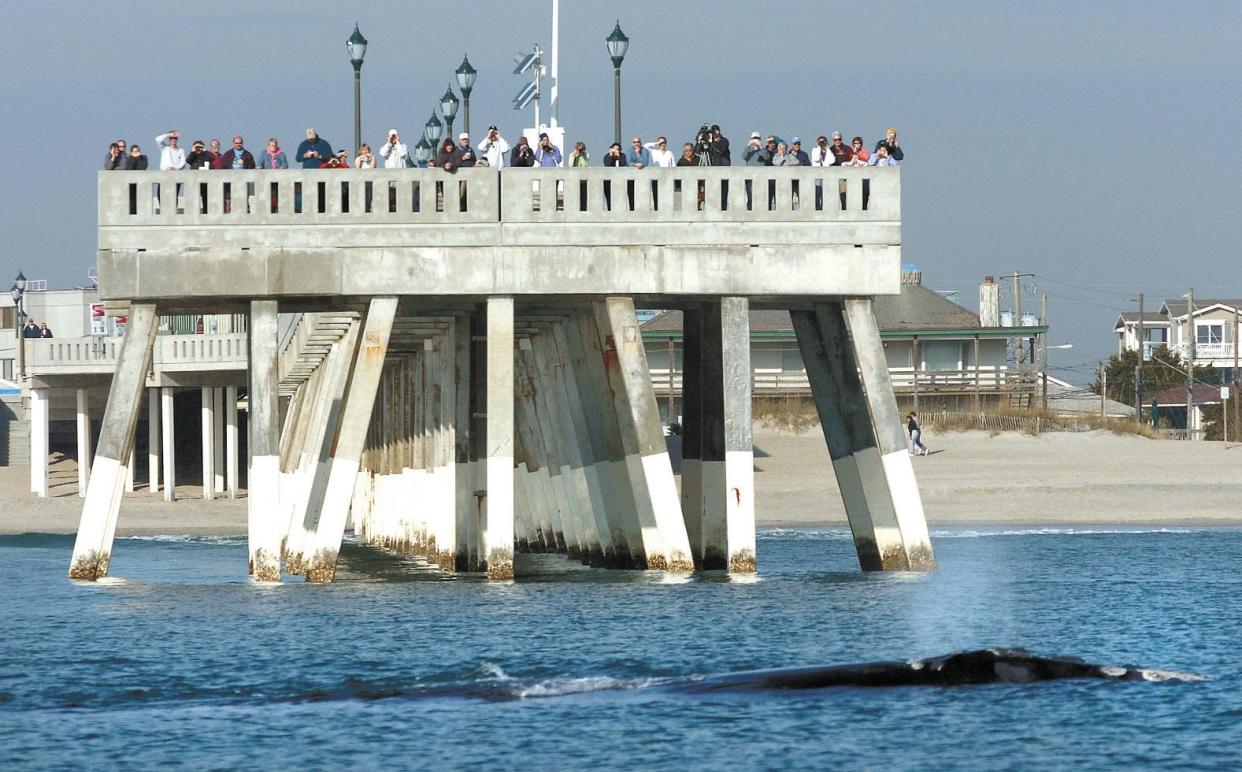
Putting the brakes on near-shore vessels as small as 35 feet along the U.S. East Coast might be the only way to give one of the most endangered marine mammals in the world a fighting chance to survive.
That's the proposal from federal regulators, backed by environmentalists, to help the North Atlantic right whale, an animal decimated by whalers last century and now facing the challenges of increased vessel traffic and ship strikes, fishing gear entanglements, and even climate change in its habitats from the Canadian Maritimes down to north Florida.
The whale's population now stands at 336 individuals, down from 500 in 2010, said Dr. Bill McLellan, a marine mammal expert who co-lead the UNCW Marine Mammal Stranding Program before his retirement, at an offshore wind and wildlife conference in August. Within that population, there are only 80 reproductive females. That makes the single loss of a whale, especially a breeding female, cause for concern.
BOY SHORTAGE:NC sea turtle nests could be producing fewer males. Here's why that's a huge problem.
"The precarious state of the right whale population requires additional management actions to eliminate the threat of deaths caused by entanglement and vessel collisions," said Dr. Andrew Read, a marine biologist at Duke University and director of the school's marine lab in Beaufort, last week. "The need for action to eliminate deaths from ship strikes is particularly acute, because we know that females and their dependent calves are particularly at risk from such collisions in waters off the Southeastern U.S."
But charter boat and fishing captains fear the proposals, which would significantly broaden and range and scope of the speed restrictions, could decimate their business.
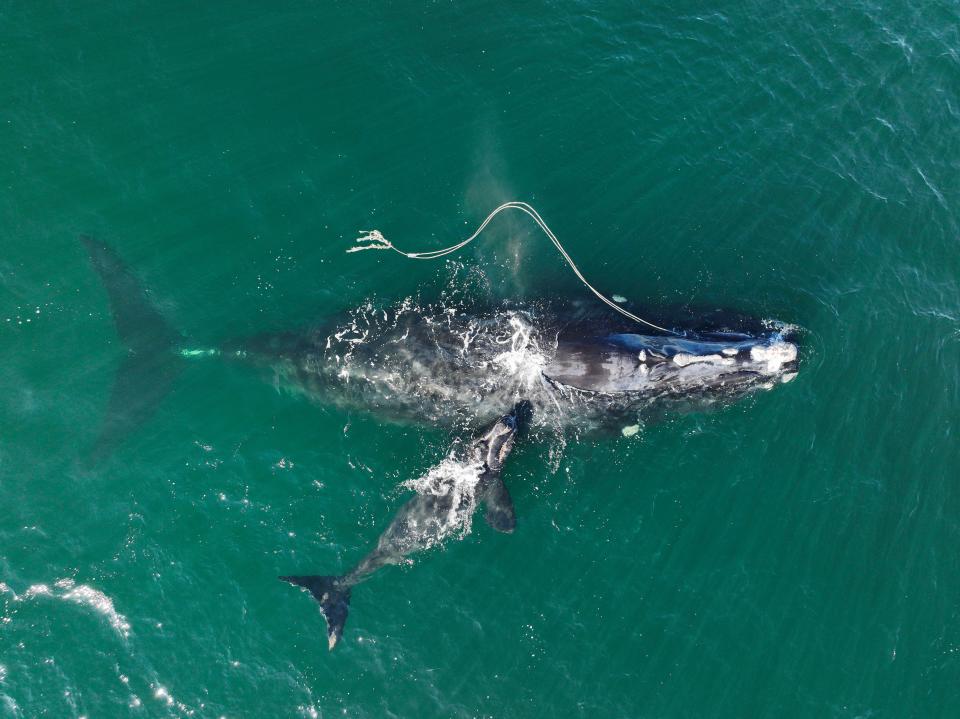
"This would have huge ramifications for our members and individuals who enjoy spending time on the water," said John Chambers, public affairs manager at the American Sportfishing Association (ASA). "It's not that these trips are going to take longer, it's that they aren't going to happen at all."
Stabilizing the population
Long a favorite of whalers due to its habit of swimming within 30 miles of shore, the right whale was decimated by hunting in the 1800s and early 1900s. A slow breeder, its numbers have been further depleted in recent decades by vessel ship strikes − especially as world trade has increased as have the size of cargo ships − and entanglements with fishing gear.
Just this week, a 17-year-old right whale dubbed "Snow Cone" and well known to whale watchers was seen snared in fishing fear off the coast of Nantucket, Massachusetts. Based on visual observations, scientists said they feared she is dying.
LOSING BATTLEA whale and species on the brink. The end may be near for chronically entangled Snow Cone
Climate change is a relatively new wild card to the challenges facing the whale, which can grow up to 52 feet long and weigh 70 tons. The warming of the oceans is moving the whale's favorite food source, zooplankton, farther north, with the whales following into waters where people, vessels and whales might find it harder to co-exist.
Under the proposal floated by the National Oceanic and Atmospheric Administration (NOAA), seasonal speed restrictions would be broadened to cover most of the East Coast. The speed limit of 10 knots or less within generally close proximity to shore also would be expanded to include most vessels down to 35 feet in length.
"Collisions with vessels continue to impede North Atlantic right whale recovery," said Janet Coit, assistant administrator for NOAA Fisheries, in a July 29 release announcing the proposed rule. "This proposed action is necessary to stabilize the ongoing right whale population decline, in combination with other efforts to address right whale entanglement and vessel strikes in the U.S. and Canada."
GETTING ALONGFor highly endangered North Atlantic right whales, offshore wind brings a lot of unknowns
Previously, speed restrictions had been limited to the entrances to major ports − like Charleston, Wilmington and Norfolk − and only mandated for vessels 65 feet or larger.
Right whales migrate along the East Coast, including off North Carolina, as they move between their summer range off Canada and New England and their winter calving grounds off the Southeastern U.S.
Off the Tar Heel State, boaters operating in coastal waters between roughly Nags Head on the Outer Banks south through Wilmington and all the way to northern Georgia would face speed restrictions between November and mid- to late April. Although not the height of the summer tourism season along the North Carolina coast, the spring and fall "shoulder" seasons still generate plenty of business from visiting fishermen for area boat captains, hotels, tackle shops and restaurants.
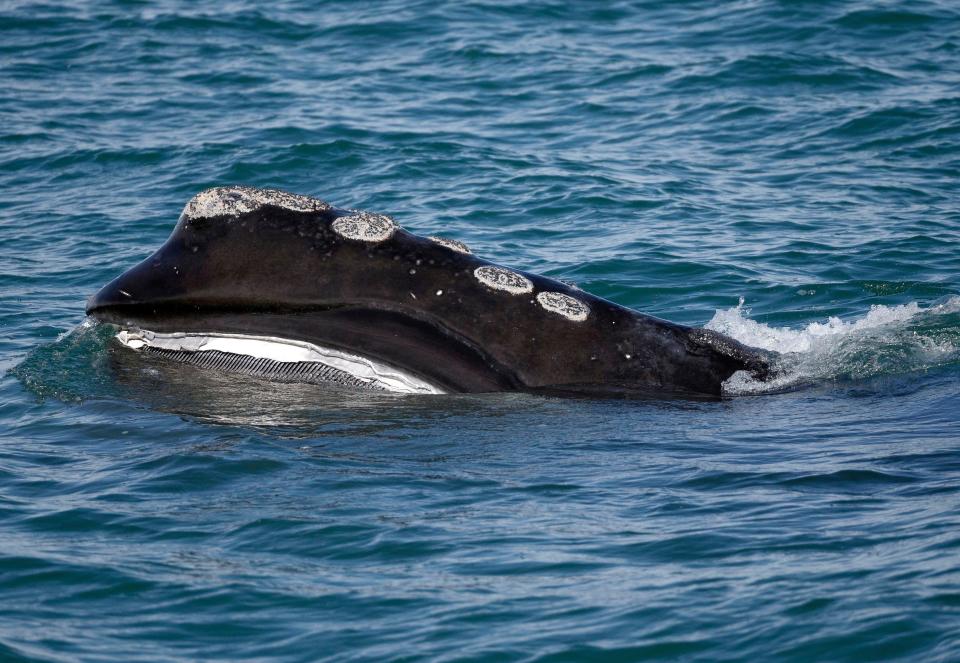
Since 2008, there have been 12 documented deaths of right whales from ship strikes in U.S. waters. Vessels less than 65 feet in length accounted for five of these deaths. According to NOAA, scientists have documented 54 right whale serious injuries and deaths in U.S. and Canadian waters since 2017 − although officials have said the actual number of whale deaths and injuries is probably substantially higher.
"We can no longer rely on existing safeguards while this species continues to face the threat of injury and death every day," said the environmental group Oceana in a statement. "Turning the tide for North Atlantic right whales begins with more boats slowing down, regardless of size or purpose."
'Misses the mark'
On Aug. 22, the ASA joined 11 other groups and organizations in asking NOAA to extend the comment period to allow further discussion between regulators and potentially impacted parties.
"Given the social, conservation and economic benefits of recreational fishing and boating to the nation, and uncertainty around much of the justification for the proposal, we believe more deliberation and analysis is needed to determine if conservation goals could be achieved with less restrictive measures," states the letter.
Chambers, the ASA spokesperson, said the likely significant economic impacts from the new rule on recreational boaters coupled with the relatively few incidents involving smaller boats and right whales − five interactions during nearly 5.1 million recreational trips in the impacted areas of the East Coast, according to ASA − seems heavy handed.
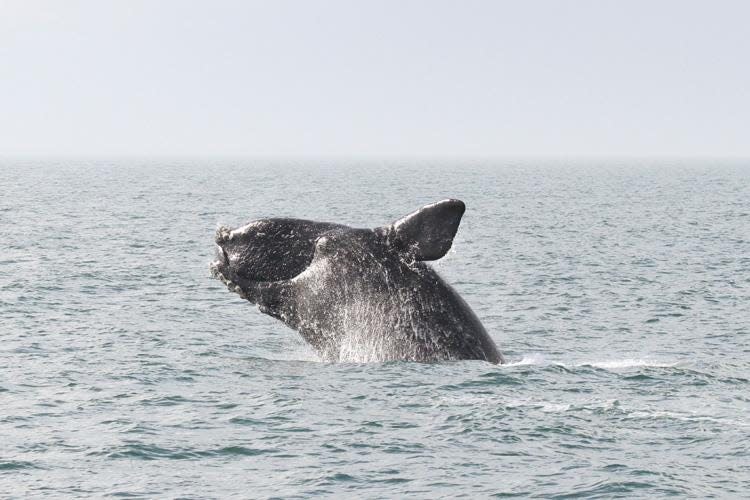
"We all want the whales to survive, and we're willing to do our part to make sure that happens," he said. "But all of us in the recreational fishing industry believe this broad-brush approach is a little misguided and misses the mark."
According to an ASA report released in May, the recreational fishing industry in North Carolina supports 455,000 jobs and generates $152 in economic impact for every pound of fish landed.
MORE NUKES?Should NC's clean energy future include more nuclear power? Duke Energy thinks so
Biologists, though, say the whale is running out of time, and man is running out of options to at least tilt the odds a little more in the animal's favor.
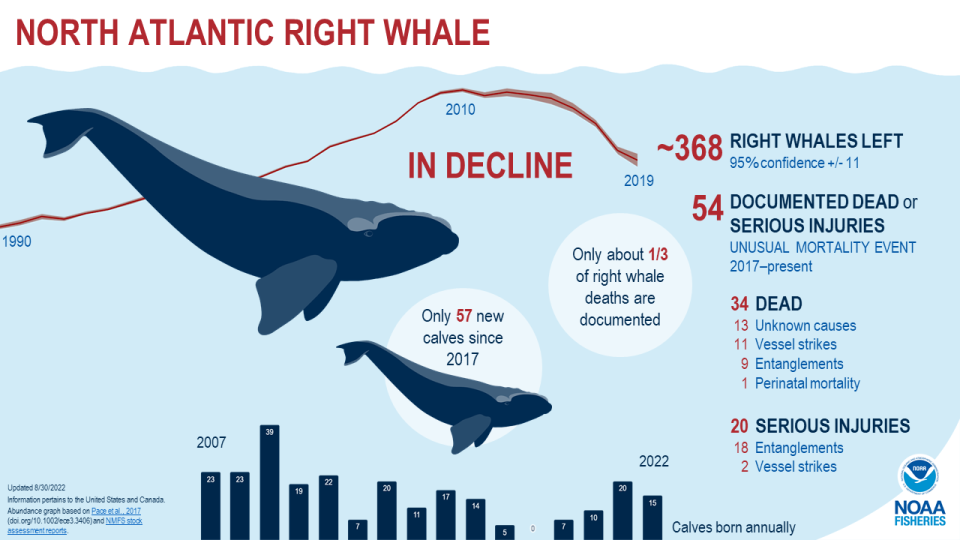
Dr. Robert Schick, a research scientist at Duke University, said expanding seasonal boat speed restrictions holds a real opportunity to reduce a major risk of whale lethality.
"I fully realize there’s a cost to these restrictions, but it’s especially important for us in North Carolina as we have pregnant moms migrating south to calve, and then moms with their newborns migrating north to the feeding grounds," Schick said. "As such, it’s an especially vulnerable and important segment of the population."
Facing concerns about the short window to comment on the proposed rule, which was announced Aug. 1, NOAA has extended the comment period until October 31. It was slated to close September 30.
Reporter Gareth McGrath can be reached at GMcGrath@Gannett.com or @GarethMcGrathSN on Twitter. This story was produced with financial support from 1Earth Fund and the Prentice Foundation. The USA TODAY Network maintains full editorial control of the work.
This article originally appeared on Wilmington StarNews: Rule would force boaters to slow to protect North Atlantic right whales

